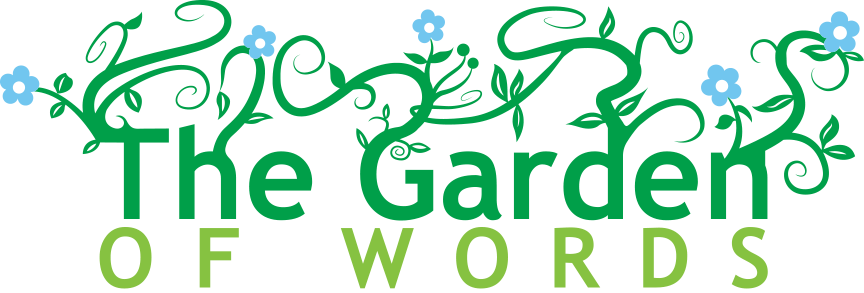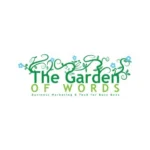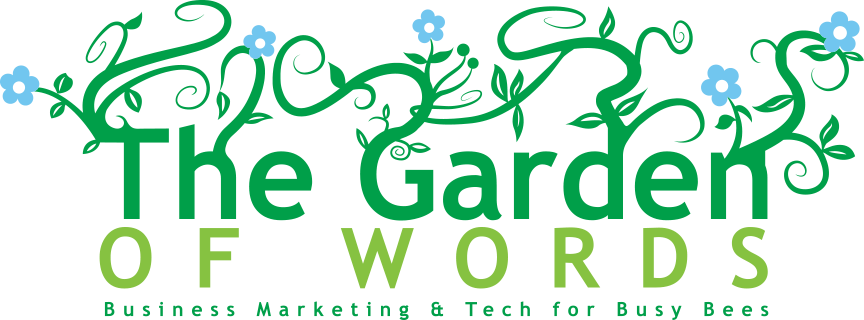One of the things we love about email marketing is that email platforms like Mailchimp, Klaviyo, and Convertkit make it very easy to see how your readers are enjoying your newsletters. And while there are several ways to check this, we’re going to focus on the two biggies: open rates and click-through rates. These two will give you loads of insight into how well your newsletters are performing, while giving you valuable insight into how you can improve your focus.
Open Rates
Open rates are one of the best ways to determine if your email marketing strategy is effective because it lets you know how many people are opening your email. If they don’t even open it, they can’t read it, and if they’re not reading it, they will not book/buy from you.
Open rates are expressed as a percentage of the number of people your newsletters are being sent to. While average open rates fluctuate depending upon what source you’re looking at (or even the time of year), the average open rate across all industries is 21.33% and for the Home and Garden industry, it’s 21.60%.
One of our clients, Jo Ellen Meyers Sharp of The Hoosier Gardener , sends out a monthly newsletter to over 2k subscribers. In a recent newsletter, we can see that her open rate is stellar at 56.5%! This means well over half of the people she is emailing are taking the first step to booking her by simply opening that email up. Well done, Jo Ellen!
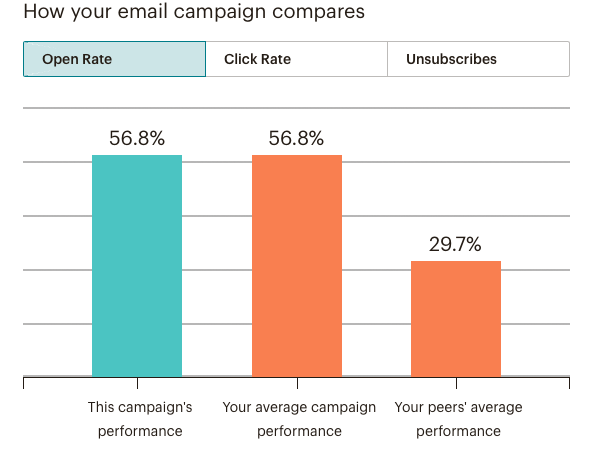
If your open rate isn’t what you want it to be, take a look at one of these to pump it up:
- Have an interesting subject line that makes people want to read more. In Jo Ellen’s newsletter subject lines, we typically write, “April News from The Hoosier Gardener,” and because Jo Ellen’s open rates are so amazing, that tells us that people know her and already love her newsletters, so it’s working for her. If you need something more descriptive, look through your newsletter, and pick 2–3 topics to refer to in the subject line. Example: “Patio Pots + Easy Watering Hack,” or “Fave Summer Annuals, A Yummy Garden Recipe, and Garden Happy Hour Tips.”
- Email your subscribers regularly. Email too much and you burn out and irritate your subscribers, so they tend to fall off your list. But email infrequently or very irregularly, and they’ll forget about you. Many of our clients send a newsletter once or twice a month, while others email daily. The latter category (daily emailing) is typically reserved for companies or people who sell something and have a daily deal or offering.
- Take a look at the variety of subscribers you have. Let’s say you are known for being a homesteader, so your followers are people who grow their own food, people who have animals like chickens, herbalists, and people who raise animals for meat and fiber. If you also write about garden design, you may need to segment your total list of subscribers into different groups so your homesteaders aren’t being sent emails about design. While some may love it, it probably won’t resonate with the majority and you’ll have people opting out pretty quickly.
- A/B test your subject lines. Send the exact same newsletter with two different subject lines to your audience and see which one performs better. You may see a pattern over time about what kinds of subject lines make your particular audience open that newsletter and start reading, but you won’t know if you don’t test it.
Click-Through Rates
Okay, so once people open your newsletter and start reading, we want to know how often they’re clicking the links you’re providing (booking links, links to products, links to blog posts, etc.). The click-through rate is also expressed as a percentage and reflects the number of successfully delivered emails that got at least one link clicked. The average click-through rate across all industries is 2.62% with the Home and Garden industry averaging 3.03%. Again, with our example of Jo Ellen’s newsletters, we see that she is enjoying a healthy 11.9% click-through rate—almost 4x the industry average!
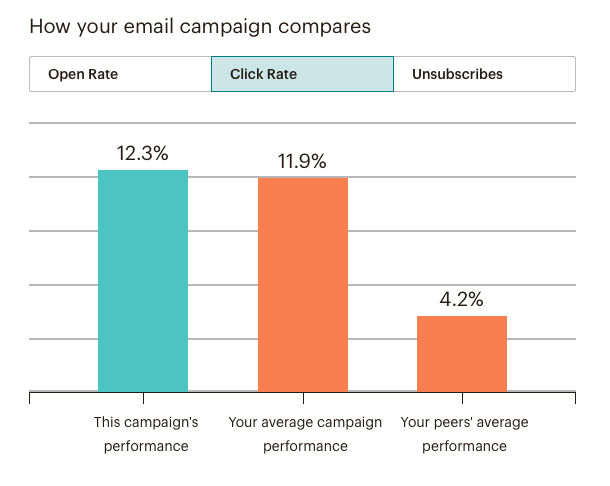
So what do you do if your click-through rate is not as robust as you’d like? Plenty! One of these could be your issue:
- Lackluster link text. If your link texts consist of “read here,” you’re missing a lot of opportunities. Always have what you write reflect your personality, but more descriptive text is always good. Aim for “Book Patty to Speak!”, “Learn More About Grubs,” “Start Your Patio Makeover Here!” or even “Hit Me Up with the Checklist!”
- Embed more links if you only have one call to action. What if your email is short with just one topic (new book!)? You want to give your readers several places to look at/buy your book (all leading to the same place like your website or Amazon), not just one. Link the title of your book the first time you use it, have a “Learn More About Pretty Porch Pots” button in the middle of the email, and remember to make any image you use link to your content as well.
- Link buttons, text, and images. Regardless of how many calls to action you have in your newsletter, you want to give people different ways to get information with your links. Use clickable images, text, and buttons to prompt them to do what you want them to do!
- Take a look at your content. If your content isn’t interesting, useful, or fun, people won’t click on any link you provide. Does it solve a problem? Is it seasonally relevant? Is it a new/controversial topic?
- Always review which links in your emails are getting clicked the most. You may be surprised to find that your Monthly Garden Checklist is almost never being clicked on, and that your Annual of the Month link is always a hit. Keep doing what works, figure out how to do something better so that your audience will want to read it, and if your audience tells you consistently they don’t like a particular feature, stop including it.
We’ll be talking more in future blog posts about how to create raving fans of your newsletters, but paying attention to your open rates and click-through rates is a great place to start! Your audience is communicating with you through those percentages, so be sure you’re listening to them.
